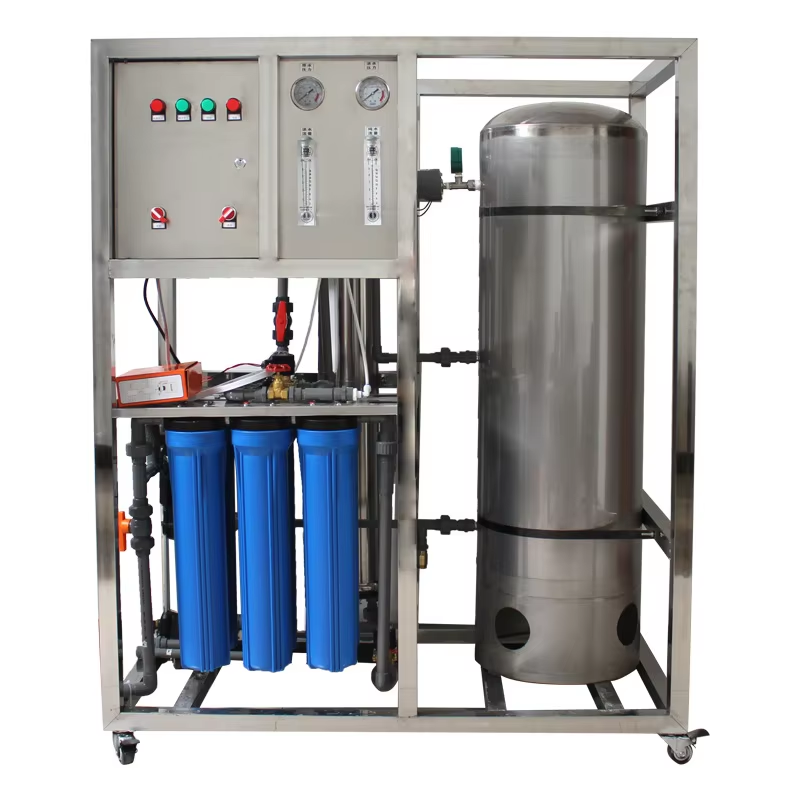The circulating water process is a water treatment technology that effectively utilizes water resources, reduces costs and environmental emissions. It uses a circulating water system to recycle water to achieve the purpose of reducing water consumption and sewage discharge. The circulating water process is an efficient, energy-saving and environmentally friendly water treatment technology. It realizes the recycling and conservation of water resources by collecting, circulating, treating and replenishing water. The circulating water process can not only reduce the production costs of enterprises, but also reduce pollution to the environment. Therefore, in the future industrial production and development, the circulating water process will play an increasingly important role.
How does circulating water process works?
1. Water collection and primary treatment. Water can come from urban tap water, rainwater collection systems and reused water from wastewater treatment plants. These waters enter the circulating water system after a series of treatment steps of filtration, removal of suspended matter, sedimentation and adjustment of water quality.
2. Main circulation system-it is the core part of the circulating water system and the key link of the circulating water process. The main circulation system consists of water pumps, circulation pipes, coolers, filters and other equipment. The water pump sends the treated water into the circulation pipe, forms a water flow in the pipe, and cools it down through the cooler. At the same time, the filter filters the water, removes suspended matter and particulate matter, and keeps the water clean and stable. In this way, the treated water can be recycled again.
3. Auxiliary circulation system and wastewater treatment system. The auxiliary circulation system is mainly used to further treat and adjust the circulating water, such as pH adjustment and disinfection of water quality. The wastewater treatment system treats and removes pollutants enriched in the circulating water to ensure the quality of the circulating water.
4. Water replenishment. Since the circulating water will be recycled for a period of time, some of the water will be lost and evaporated. Therefore, a certain amount of new water needs to be regularly added to maintain the normal operation of the circulating water system. These newly added waters need to undergo primary treatment before entering the circulating water system.




生化膜反应器12-scaled.jpg)

